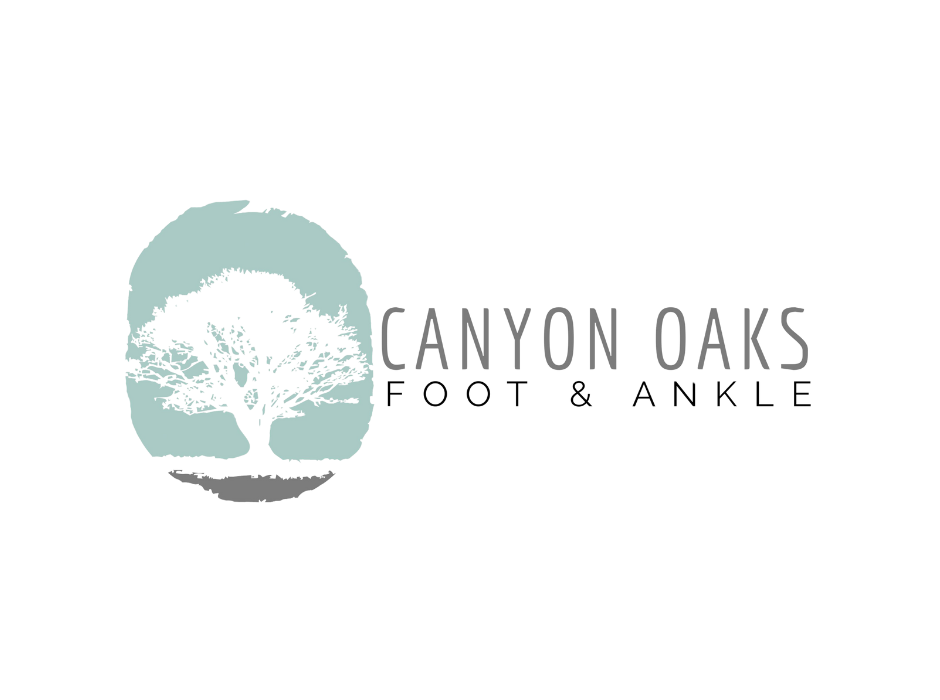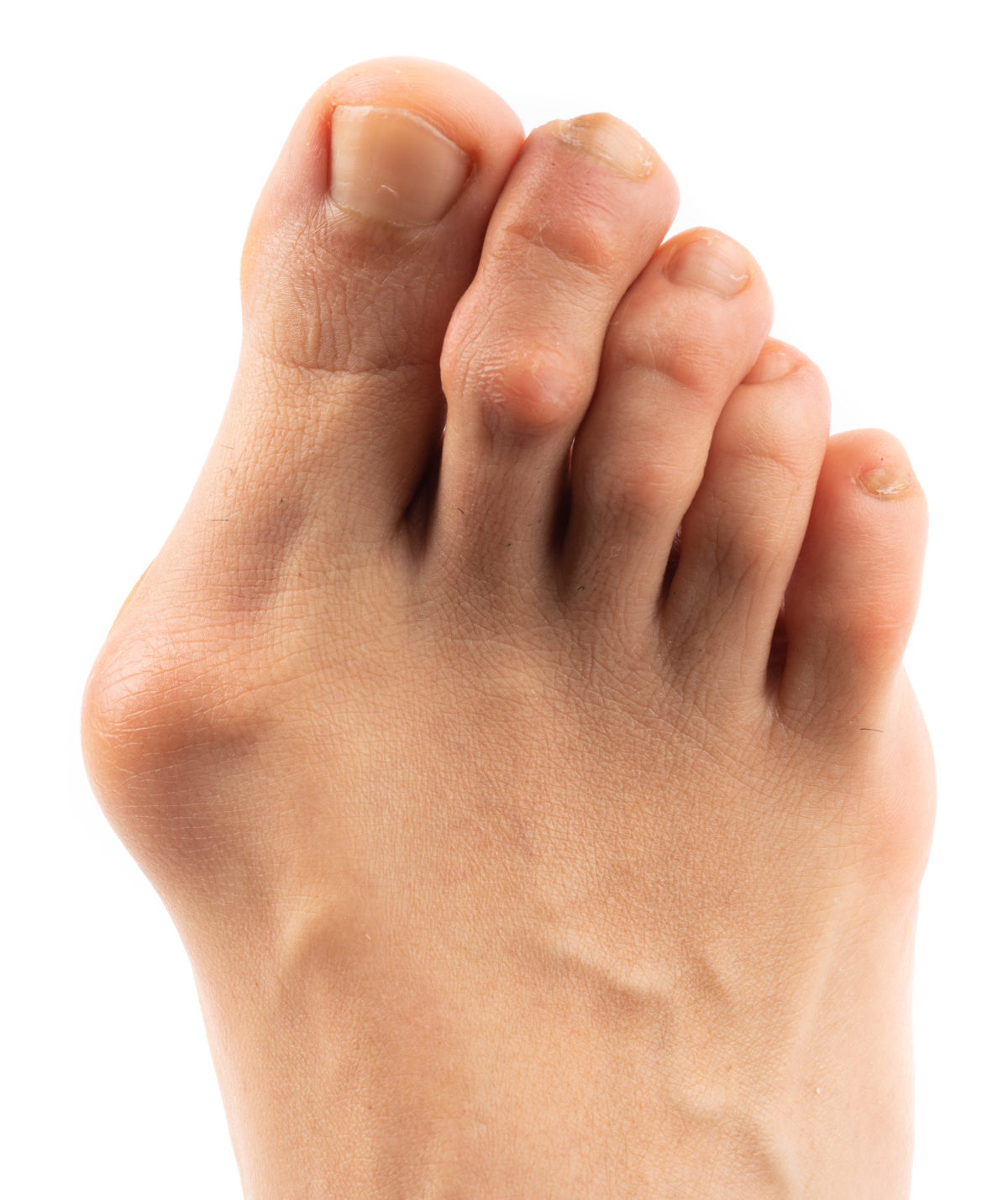Beyond detracting from the aesthetic appeal of a foot, bunions can also cause much pain and discomfort to those who suffer from them.
Bunion causes are difficult to pinpoint. If you know you have a bunion or suspect that you might, what can you do to treat your bunions?
Canyon Oaks Foot & Ankle team is here to help identify this common podiatric problem along with causes and solutions.
What are Bunions?
Bunions (hallux valgus) are enlargements that occur at the base of the big toe on the inner side of the foot. A smaller form of bunions known as bunionettes or tailor’s bunion can also develop on the joint of the pinky toe, on the outer side of the foot.
“People think of a bunion as being as a bump on the side of the foot near the big toe. However, bunions go deeper than what we can see. Although the skin might be red, a bunion actually reflects a change in the anatomy of the foot,” explains Cleveland Clinic.
This deformity occurs when the joint becomes enlarged, forcing the bones to protrude abnormally. The big toe can begin to grow outward, pushing toward the other toes, and can slowly rearrange the alignment of the foot bones.
Bunion causes
While bunion causes remains unknown, a number of factors have been linked to the development of bunions, including gender, genes, and footwear.
Potential causes and risk factors of bunions:
- Being a female. – While both men and women can develop bunions, studies have shown that women more often suffer from this condition.
- Inheriting poor foot shape. – Some people may be more likely to grow bunions due genetic factors, such as inheriting flat feet.
- Wearing the wrong footwear. – Choosing ill-fitting shoes that squeeze or rub against the feet may lead to developing bunions, although data remains inconclusive.
- Suffering from arthritis. – Rheumatoid arthritis patients may experience inflammation in the foot joints that causes bunions to grow.
- Sustaining a foot injury. – Experiencing injury to a foot or placing excessive stress, rubbing, or pressure on the feet (due to occupation or recreation) can increase the risk of bunions.
Treatment for Bunions
When handling the treatment of bunions, a number of therapeutic approaches can be attempted to remedy the situation and relieve pain.
Non-surgical bunion treatments include:
- Icing your feet to reduce inflammation and swelling.
- Taking a pain reliever such as ibuprofen to reduce pain.
- Padding your bunions to protect them from friction and pressure.
- Modifying your shoes to reduce rubbing and increase space for your toes.
- Starting physical therapy with a podiatric professional.
- Using orthotic or foot supportive devices provided by your podiatrist to slow the growth of the bunion.
- Asking your foot specialist about corticosteroid injection care.
In cases dealing with more severe bunion problems, surgical intervention may be the most effective viable option. Of course, before opting for any surgery it is crucial to discuss it at length with your foot healthcare professional.
San Joaquin Valley Podiatrist
If you are suffering from pain and discomfort due to bunions, don’t hesitate to get help now. Our compassionate and highly experienced team at Canyon Oaks Foot & Ankle clinics are here to help you create a customized strategy for getting your feet on the road to recovery.
With conveniently placed locations throughout the Central Valley in Fresno, Visalia, and Porterville, we are ready to help you get much-needed foot-related pain relief. Get in touch to schedule an appointment.

